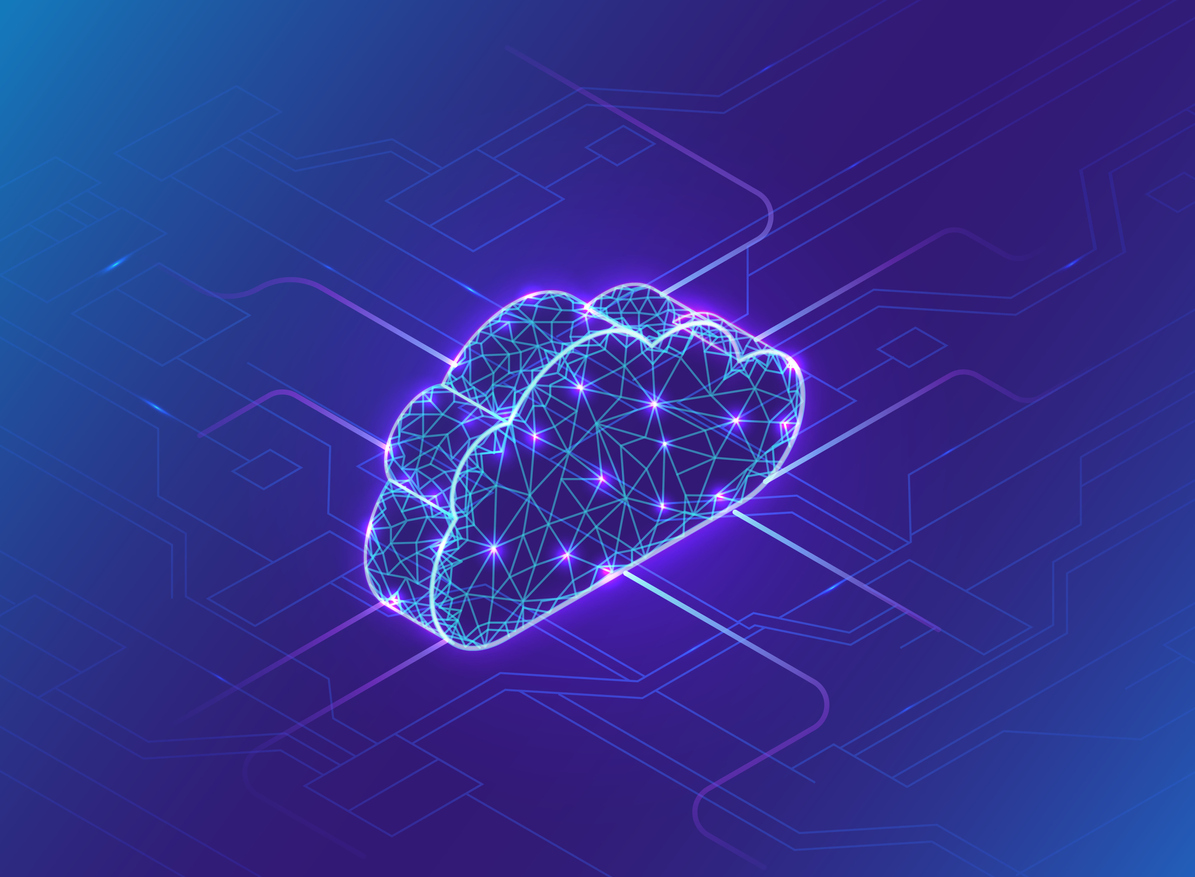Table of Contents

Share this entry

For the first time, the Verizon Data Breach Investigations Report (DBIR) reported cybersecurity incidents in the cloud that exceeded incidents in on-premise networks. Many of these cyber incidents in the public cloud are caused by two specific issues: excessive permissions and misconfigurations. To solve these issues, two types of solutions were developed Cloud Infrastructure Entitlement Management (CIEM) and Cloud Security Posture Management (CSPM). But which tool is the right tool for you?
First, it is necessary to understand what each tool is designed to do.
CSPM is the more established of the two tools. As Forbes describes, CSPM “provides monitoring and assessment of compliance and risk across various cloud platforms. Data is acquired from each cloud service using application programming interfaces (APIs) to continuously identify and remediate cloud infrastructure risks.” Or more simply said, CSPM detects and mitigates risks due to misconfigurations.
CIEM is a next-generation public cloud security technology that focuses on access and permissions. The purpose of the solution is to manage entitlements, remediate cloud access risk, and enforce the principle of least privilege across multi-cloud environments to reduce excessive permissions, access, and cloud infrastructure entitlements.
Cloud environments present a huge attack surface. In any one cloud environment, there are thousands of settings that can be applied. Expand this across multi-clouds and it becomes very apparent that effectively configuring, managing, and monitoring these in traditional ways is simply not possible.
Then add each identity and the number of entitlements a single identity can have and how long those permissions remain open and unchecked. An identity may need a single permission for one brief moment, but the permission may never be revoked. Threat actors know how vulnerable cloud environments are, and they are doing everything possible to take advantage of those risks.
Why do you need CSPM?
Data leakage is a problem for anyone using cloud services. Even the most conscientious developer will make mistakes that leave the network vulnerable. But often misconfigurations are discovered after the data breach when the damage is already done.
Enterprise CSPM tools are designed to solve misconfiguration issues and enforce best practices. In the past, CSPM was primarily a reporting tool, but over the years, it has evolved into a solution that automatically fixes misconfiguration problems. It is also able to integrate security protocol and policy with the DevOps process, making it easier to identify and correct potential vulnerabilities. The tools also address compliance requirements. Overall, what CSPM brings to your cloud security management is:
- Identifying and increase visibility into cloud workloads, applications, resources, and services
- Continuous monitoring of the cloud environment
- Alerts whenever any changes to the environment present risk
- Confirms all operational activities are running properly
- Detects accounts with too liberal permissions
- Finds misconfigured connectivity threats and risks
- Prevent data breaches and secure cloud identities and data
Why Your Organization Needs CIEM?
Misconfigurations offer an open door into your network for threat actors. What gives them the ability to do serious damage is unmonitored permissions. Cloud environments are home to hundreds of both human and non-human identities, but not all of those identities are active. Orphaned identities can be taken over by hackers and allow them access without immediate detection.
CIEM solutions are designed to reduce the risk caused by excessive entitlements. Why is that important? In the cloud, identities form security boundaries. To ensure that you are effectively protecting your environment, and the data residing within it, you need to shift your perspective and take a new approach to identity management. Failure to do so leaves your organization blind to significant risks. Overall, what CIEM brings to your cloud security management is:
- Finds the permission gaps for identities and removes dormant entitlements
- Detects identity relationships with too many permissions
- Alerts for questionable access and activity, including suspect data deletion or unexplained increased permissions that could indicate credential theft
- Offers data-centric protections
- Discover who should have access and manage how permissions should be utilized across your resources
Why You Need CIEM vs CSPM?
Both tools add levels of cloud security, and they may even have some overlap in what they do. But anyone who is using AWS, Azure or Google Cloud should utilize both a CSPM and CIEM. Each tool focuses on different problems. CSPM is about monitoring platform and network configurations, while CIEM manages the security risks around cloud access by securing identities and entitlements. CSPM keeps your organization in compliance with data privacy and industry regulations, while CIEM locks down access to critical assets and data.
Together, you can create checks and balances to secure your environment.
Gartner has put up the red flag warnings about security problems in the cloud. Within the next two years, three-quarters of cloud-based security failures will be due to inadequate management of identities and privileges, while virtually all (99%) of all security failures will be due to mistakes on the cloud customer’s end. At this point, no company has the luxury to pick whether to protect against misconfigurations or protect against excess entitlements. Both security problems need to be addressed in order to keep organizations secure and to ensure all regulatory compliances continue to be met.
THE ARCHITECT
The Newsletter for Cloud Security Leaders. 1x a month.
Read the latest news and insights
Sonrai cloud security platform, products and services are covered by U.S. Patent Nos. 10,728,307 and 11,134,085, together with other domestic and international patents pending. All rights reserved.









